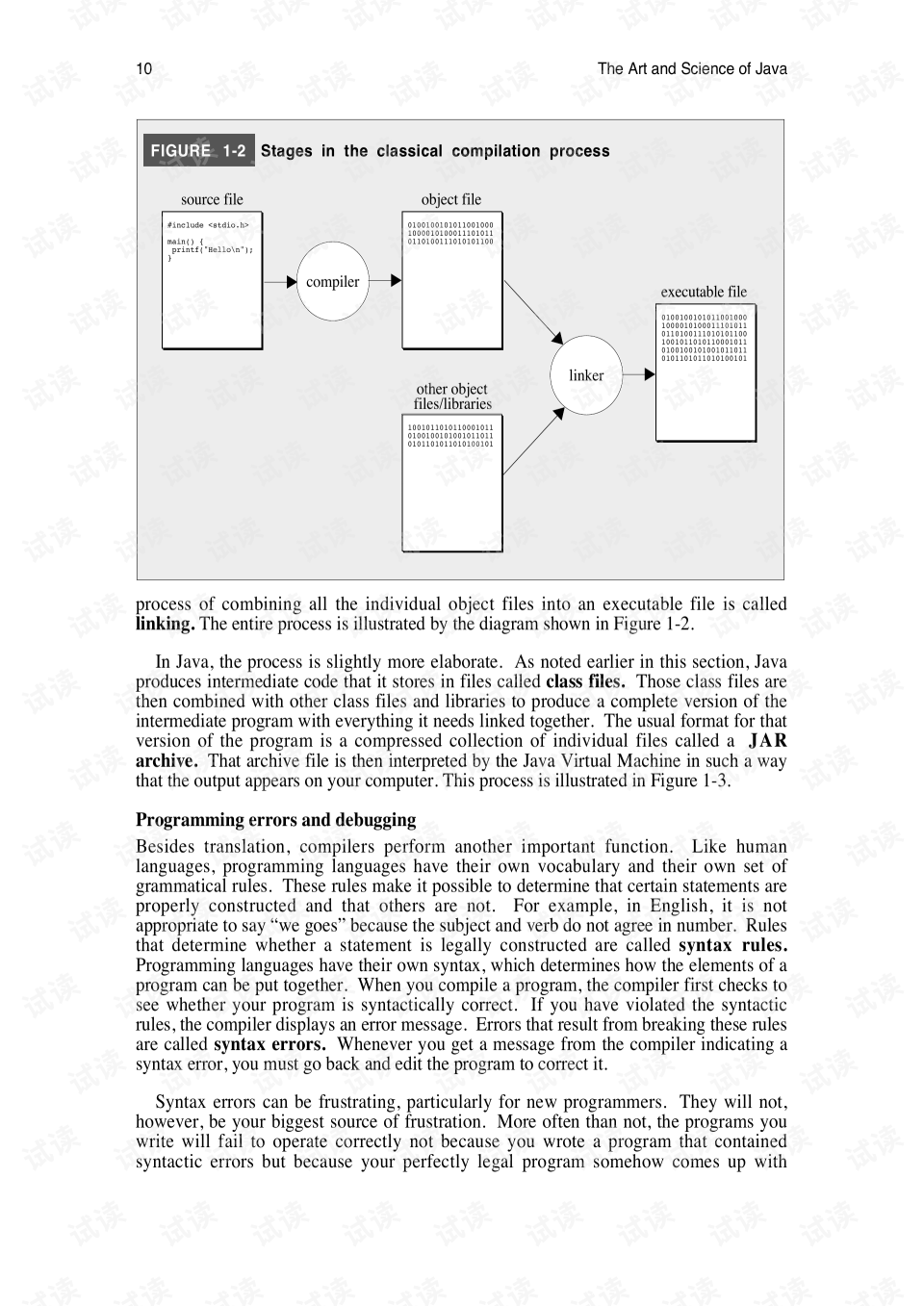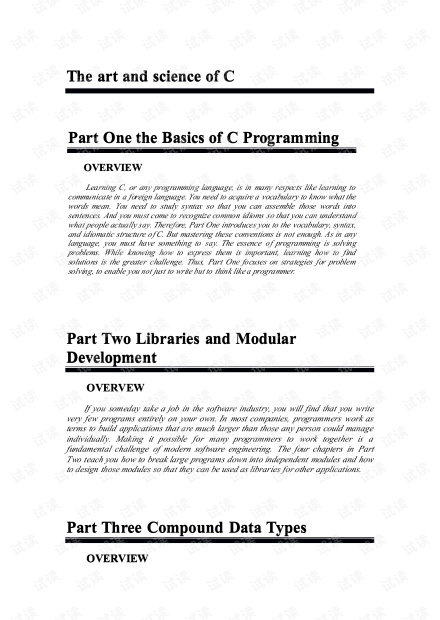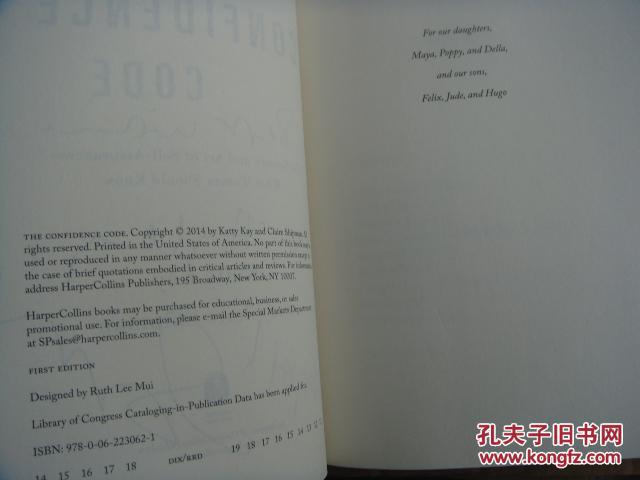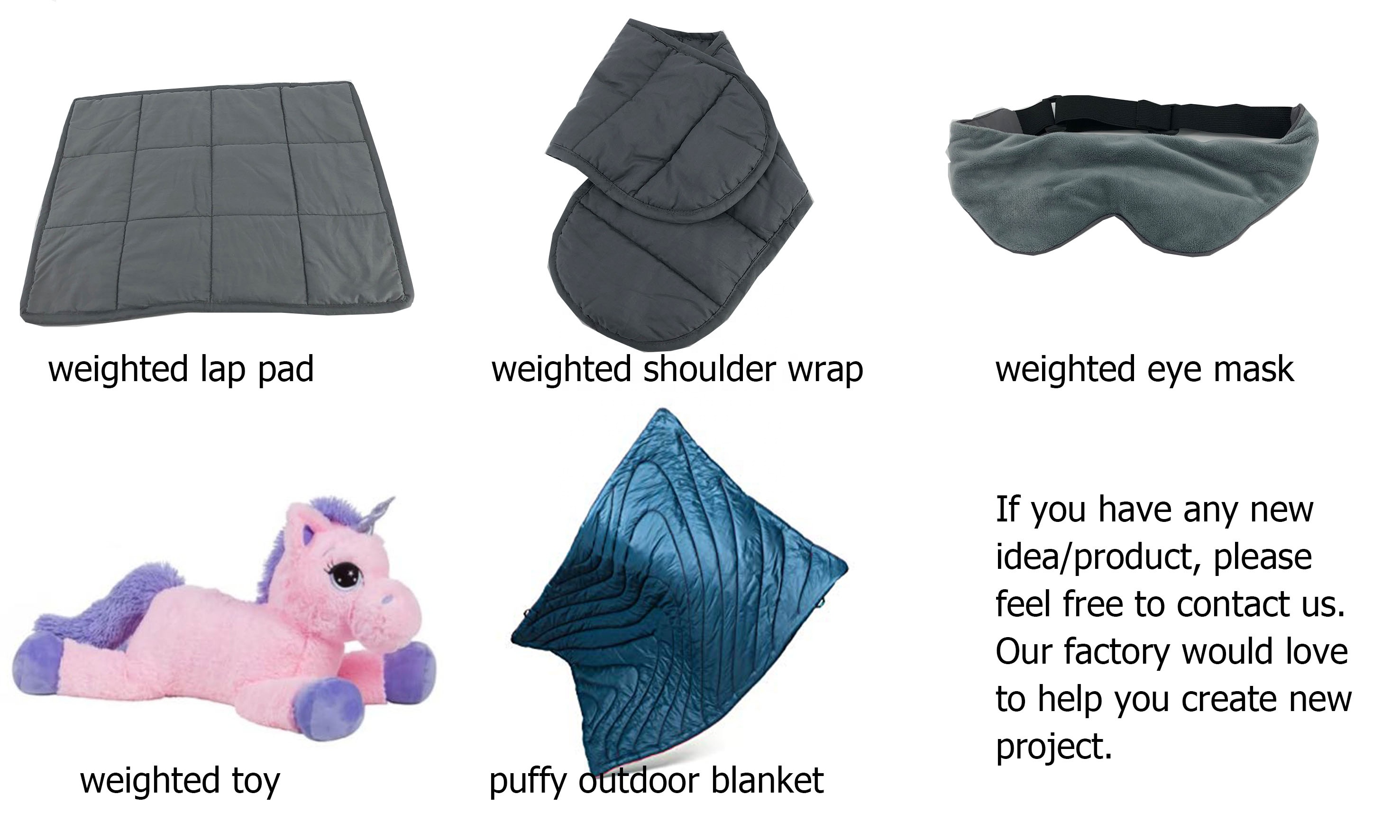Title: The Art and Science of Down Filling: Understanding the World of Down Comforters
Down filling is a crucial component of down comforters, providing warmth and insulation in cold weather. However, the art and science behind selecting the right type and quality of down fill can be overwhelming for many consumers. The article discusses the different types of down fills available, including goose down, duck down, and synthetic blends. It also highlights the importance of sourcing down from ethical and sustainable farms to minimize harm to both the environment and animals. Additionally, the article emphasizes the significance of proper loft and weight distribution in determining the overall performance of a down comforter. Finally, it provides tips on how to care for and maintain down comforters to extend their lifespan and ensure maximum comfort. By understanding the art and science of down filling, consumers can make informed decisions when purchasing down comforters that meet their needs and preferences while also supporting responsible practices.
In the world of bedding, there are few things as essential or as ubiquitous as a good down comforter. From the chilly mountain cabins where it all began to the cozy bedrooms of luxury hotels, the humble feather has proven itself time and again as the ultimate insulation for cold weather. But what makes a down comforter truly great? At its heart lies the filling - the substance that provides warmth, comfort, and resilience in even the harshest of climates. In this article, we'll explore the world of down filling, from its origins to its modern applications, in order to understand what makes this simple yet powerful material so essential to our sleep.
At the heart of every down comforter lies a small piece of nature's ingenuity: feathers. But not just any feathers - these must be specially collected from certain types of birds, such as ducks or geese, and cleaned and processed in a way that removes excess water, dirt, and other impurities. The resulting down is then carded or spun to remove even more impurities, before being graded according to its quality and size. The larger and fluffier the down, the warmer it will be; conversely, the smaller and tighter it is, the lighter it will be. This careful process is what sets high-quality down apart from lower-quality alternatives, such as synthetic fibers or microfiberfill.

But how does all this translate into the actual feel of a down comforter? To understand this, we need to delve into the science of fill power. Fill power is a measure of a duvet or comforter's ability to retain heat, with higher numbers indicating greater warmth and less weight. This is determined by factors such as the fill density (the amount of down per cubic inch), the type of bird used (larger birds produce denser down), and the processing method (cleaning and carding can reduce fill power). For example, a comforter with 800 fill power made from gooseDown will generally be much warmer than one made from similar sized down from smaller birds like whitetails or prairie chickens.
Once you understand the basics of fill power and quality, the next step is to consider the different options available when it comes to filling your comforter. Two of the most common types are goose down and duck down: both are highly efficient at retaining heat and are widely available, but goose down tends to be more expensive due to its superior quality. Other options include synthetic fibers like hypoallergenic Micro纤维 or polyester fiber, as well as blends of these materials with down. Each has its own advantages and disadvantages - for example, synthetic fibers are often lighter and easier to care for, while blends can offer a balance of warmth and durability.

But beyond these technical considerations, there are also broader cultural and societal factors that influence our choices when it comes to down filling. Some people prefer natural materials like feathers for their sustainability and ethical concerns around animal welfare; others prioritize convenience and cost-effectiveness over these issues. Whatever your personal preference may be, it's clear that down filling plays a vital role in our experience of comfort and relaxation.
In conclusion, the world of down filling is a complex and multifaceted one, filled with history, science, culture, and innovation. Whether you're looking for the highest quality materials or simply want to stay warm and comfortable on those chilly nights, understanding the basics of fill power, quality, and options can help you make informed decisions about your bedding. And who knows - maybe one day we'll be living in a world where synthetic materials rival or even surpass the natural warmth and resilience of real feathers. Until then, however, let us continue to cherish and celebrate the humble feather - after all, it is truly an invention without equal.

Articles related to the knowledge points of this article:
Title: Is it Safe for Infants to Use Down Jackets and Duvets?
Title: The Best Down Comforters: A Comprehensive Guide
Military Duvet New Models: Prices and Details
The Comparison of Quilted Down Comforters between Boyoung Textiles and Shuixing Textiles



